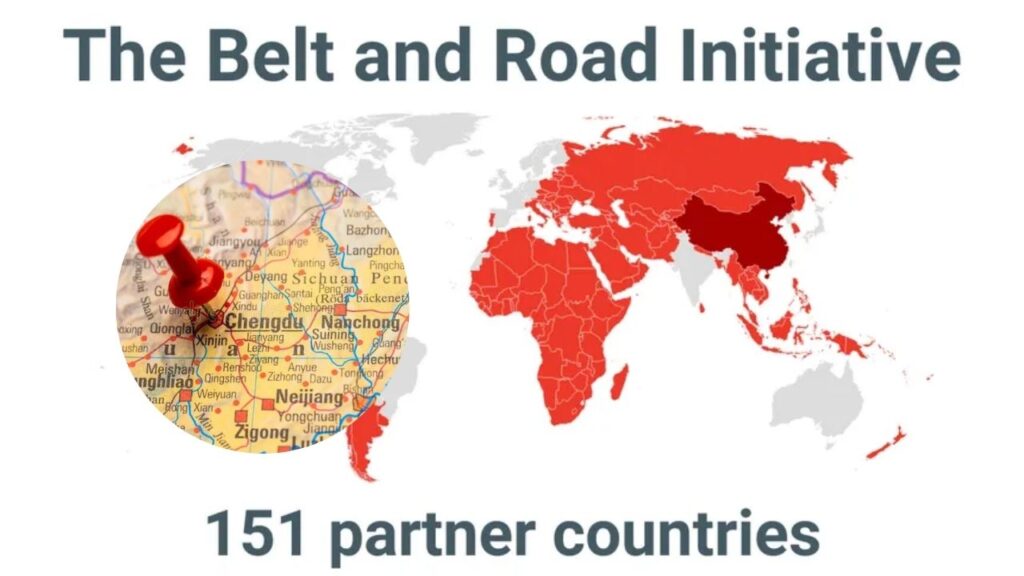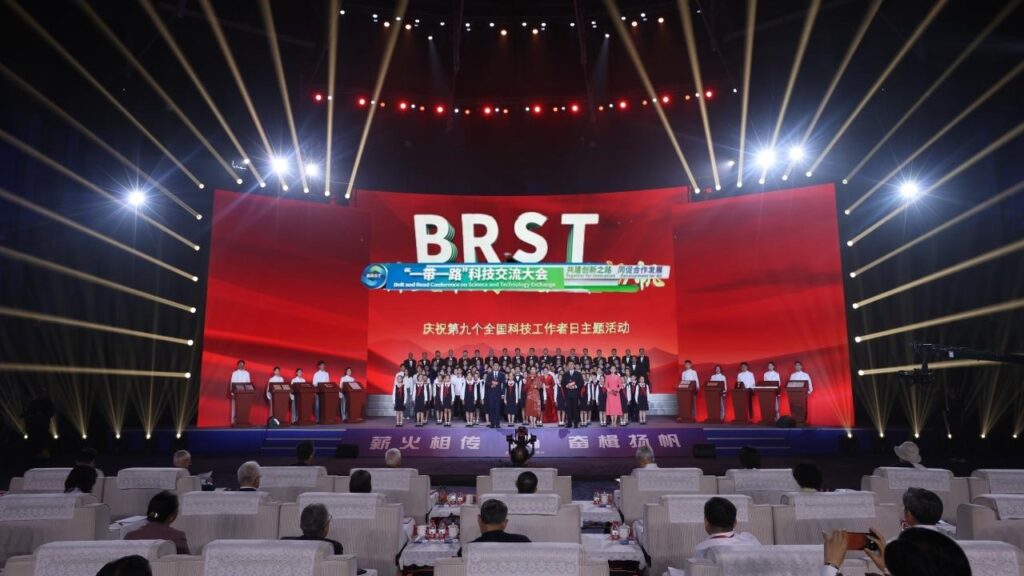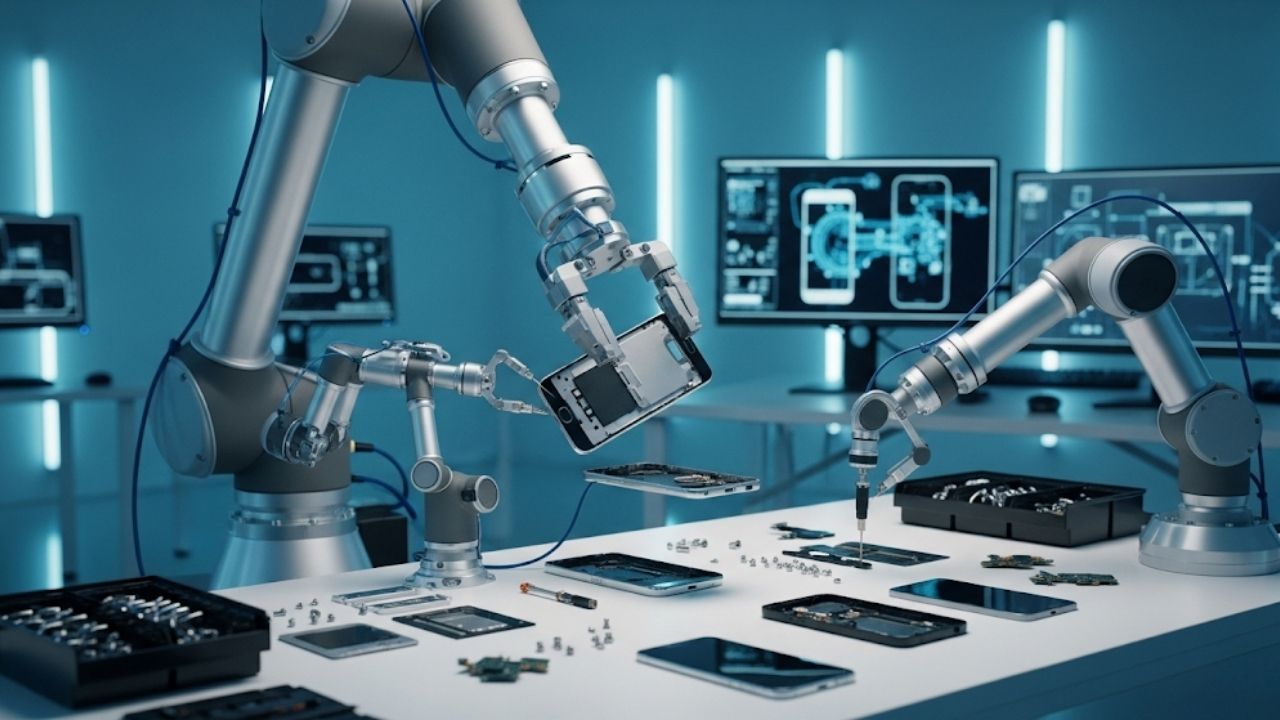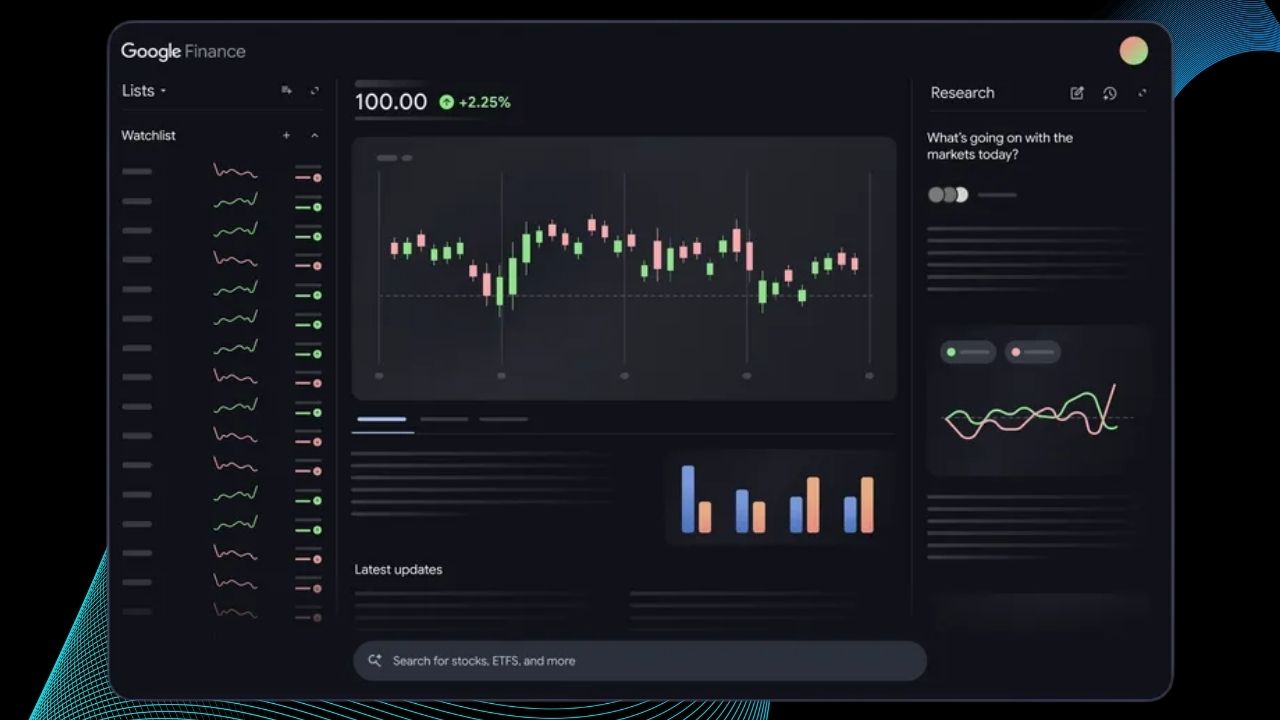Belt and Road Science and Tech Exchange in Chengdu 2025: The Belt and Road Science and Technology Exchange Conference in Chengdu took center stage from June 10 to 12, 2025, bringing together delegates from over 100 countries and numerous global organizations. This high-stakes gathering was the second such event under the Belt and Road Initiative (BRI) and focused on cooperation in fields like artificial intelligence, aerospace, clean energy, agriculture, public health, and digital infrastructure.

With Chinese Vice-Premier Ding Xuexiang personally attending, the tone was clear: China is going all-in on tech diplomacy. This wasn’t just a meet-and-greet—it was a blueprint for global collaboration backed by real policies, signed deals, and shared goals.
Belt and Road Science and Tech Exchange in Chengdu 2025
| Aspect | Details |
|---|---|
| Participants | 100+ countries, major international organizations |
| Sessions | 38 events including forums, matchmaking, and roundtables |
| Double-Thousand Plan | 1,000 joint R&D projects, 1,000 youth scientist exchanges |
| High-Level Meetings | China met with Serbia, Uzbekistan, Iran for deeper cooperation |
| New Platforms | Tech-transfer centers, joint research labs established |
| Opportunities | STEM diplomacy, international research, tech investment roles |
The Belt and Road Science and Tech Exchange in Chengdu wasn’t just a conference—it was a launchpad. From powerful policy talks to real-world research deals, the event showcased how science can fuel global collaboration. Whether you’re a student with big dreams, a startup chasing tech partnerships, or a policymaker building international ties—this is your chance to plug in.
Visit the official Belt and Road portal: https://eng.yidaiyilu.gov.cn
Why Chengdu Was the Chosen One
A Strategic Research Powerhouse
Chengdu isn’t just famous for pandas and hotpot. It’s a science and innovation hub of western China. It ranks among the top 25 global cities for research output, with over 58 universities and national R&D institutions such as Sichuan University and the University of Electronic Science and Technology of China (UESTC).
Heavy Investment and International Presence
Chengdu plays a key role in the New Western Land-Sea Corridor and has seen huge investments from Intel, Microsoft, HP, Cisco, and more. This makes it a tech launchpad and a perfect host for international science exchanges.
What Actually Happened at the Conference
The 2025 Belt and Road Sci-Tech Exchange wasn’t just talk—it was structured and focused.
Five Key Types of Sessions:
- Plenary & Opening Events: Kicked off by Chinese Vice-Premier Ding Xuexiang.
- Thematic Sessions: Covered agriculture, AI, health tech, green energy, and more.
- Engineering Summit: Organized in partnership with the World Federation of Engineering Organizations (WFEO).
- Roundtables: Brought policy planners and experts into focused discussion.
- Tech Matchmaking Events: Facilitated collaborations between startups, researchers, and investors.
Diplomacy Meets Tech: Major Bilateral Talks

During the summit, Ding Xuexiang held formal talks with key Belt and Road partners:
- Serbia: Discussed joint science projects, clean energy initiatives, and long-term infrastructure R&D.
- Uzbekistan: Committed to deeper links in logistics, AI, and educational exchange programs.
- Iran: Agreed on stronger collaboration in health tech, clean energy, and big data research.
Each of these talks resulted in cooperation agreements or joint action plans, aligning with China’s long-term diplomatic strategy under BRI.
Understanding the Double-Thousand Plan
This is the real backbone of the conference. Here’s what the plan includes:
What Is It?
- 1,000 Joint Research Projects: Across sectors like biotech, semiconductors, climate science, and precision agriculture.
- 1,000 Young Scientist Exchanges: Fellowships and internships across universities, research institutes, and startups.
Why It Matters
This isn’t theory—it’s budgeted, structured, and already being rolled out. Think of it as the international research version of the Fulbright or Rhodes program, but funded by BRI countries.
Example Initiatives
- A joint clean energy lab is launching in Chengdu with teams from Asia and the Middle East.
- Telehealth and AI diagnostic projects are already rolling out in cooperation with Iran and Central Asia.
- The Engineering Forum explored carbon-neutral technologies and new energy transport systems.
Deep Dive: The Tech Focus Areas
Artificial Intelligence
China and partner countries are setting up AI labs for urban planning, disaster response, and smart agriculture. These labs aim to create open-source tools and cross-border datasets.
Aerospace and Megascience
Chengdu is becoming a key player in Belt and Road satellite and remote-sensing projects. Partner countries can join satellite data-sharing, space education, and tech testing missions.
Clean Energy
New solar research centers, battery tech incubators, and hydrogen R&D labs were announced. China alone invested $7.9 billion in clean energy across BRI partners in 2023, according to the IEA.
Public Health
COVID taught the world a lesson—health tech matters. The Chengdu exchange expanded BRI health cooperation to include genomic surveillance, remote diagnostics, and biosecurity programs.
How You Can Get Involved
You don’t need to be a billionaire or a top scientist to take part. Here’s how students, professionals, and organizations can tap in:
For Students and Young Talent
- Apply for BRI Fellowships offered via top Chinese universities like Tsinghua and Fudan.
- Join student research groups connected to partner nations.
- Look for virtual internships in Belt and Road clean-tech labs.
For Mid-Level Professionals
- Engage through online application portals for joint research funding.
- Propose public-private partnerships through government liaison offices.
- Build networks through WFEO and UN academic networks.
For Policymakers and Institutions
- Establish joint labs in your country with Chinese funding support.
- Appoint science attachés to Belt and Road embassies.
- Use IP-friendly licensing frameworks to speed up project launch.
Your Action Roadmap
- Define Your Sector: Energy, health, AI, or infrastructure?
- Find a Match: Use the official BRI portal to connect with partners.
- Submit a Proposal: Most projects accept international collaboration.
- Secure Funding: From China, your government, or partner institutions.
- Launch and Evaluate: Run pilots, publish results, scale up.
Future Career Opportunities
With these developments, a wide range of high-growth roles are opening up:
- Science Diplomacy Officer
- Tech Transfer Manager
- STEM Program Director
- Global Research Coordinator
According to the Belt and Road Talent Development Report (2024), STEM career demand in BRI countries is expected to rise 20%–30% by 2030.
MIT Demonstrates Quantum Simulator with Adjustable Synthetic Magnetic Fields
Quantum Graviton Detection Proposed via Acoustic Resonator Setup
FAQs About Belt and Road Science and Tech Exchange in Chengdu 2025
Q1: What is the Belt and Road Initiative?
A: It’s a global development strategy by China that invests in infrastructure, trade, and tech cooperation across 150+ countries.
Q2: Why was this event held in Chengdu?
A: Chengdu is China’s innovation hub in the west, with strong university and industry links.
Q3: Can foreigners participate?
A: Yes. Students, researchers, universities, and businesses from any country are encouraged to join.
Q4: Is this just for governments?
A: Not at all. Many of the new labs and projects are run by universities, private companies, and startups.










